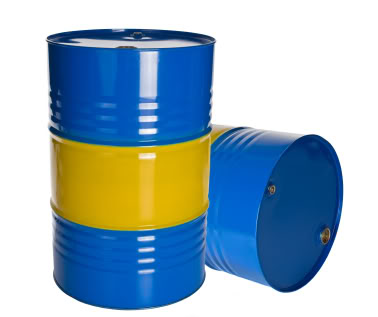PADEP Provides Technical Guidance on Waste Derived Liquid Fuels
Posted: November 16th, 2009
Author: All4 Staff
The Pennsylvania Department of Environmental Protection (PADEP) has finalized revisions to Technical Guidance Document No. 275-2101-009 regarding Waste Derived Liquid Fuels (WDLFs). The requirements in the technical guidance document are for guidance purposes only and are not meant to be a regulation.
The technical guidance document provides definitions for WDLF, hazardous WDLF, waste oil fuel, on-specification waste oil fuel, off-specification waste oil fuel, toxic substances WDLF, waste biofuel oil, and other WDLF. Waste oil fuel with contaminant concentrations less than the listed specifications is termed ”on-specification waste oil fuel.” Waste oil fuel that exceeds any listed specification level is termed ”off-specification waste oil fuel.” The methods of classification will be used in conjunction with PADEP’s permitting requirements to identify the appropriate level of permit review. The document also contains general permit review procedures, specific procedures for each classification, and analytical and sampling techniques including total halogens screening, taking and retaining samples, on-specification waste oil fuel auditing, PADEP audit sampling, and limitations.
Owners and operators of new sources, as well as modified  air contamination sources, are required to obtain a plan approval before construction, modification, or installation can begin. PADEP considers the following to be modifications that will require a plan approval: a change from a virgin fuel to a WDLF or a virgin oil to which waste liquids or solids have been added or blended; a change in classification of a WDLF; or a change in the contaminant or physical property characteristics within a WDLF category that is different than specified in a previous plan approval application or occurring after July 1, 1972 at a previously unpermitted source. All plan approval applicants must show that the emissions from a new source will be the minimum attainable through the use of best available technology (BAT) in a plan approval application. The technical guidance document became effective October 17, 2009.
air contamination sources, are required to obtain a plan approval before construction, modification, or installation can begin. PADEP considers the following to be modifications that will require a plan approval: a change from a virgin fuel to a WDLF or a virgin oil to which waste liquids or solids have been added or blended; a change in classification of a WDLF; or a change in the contaminant or physical property characteristics within a WDLF category that is different than specified in a previous plan approval application or occurring after July 1, 1972 at a previously unpermitted source. All plan approval applicants must show that the emissions from a new source will be the minimum attainable through the use of best available technology (BAT) in a plan approval application. The technical guidance document became effective October 17, 2009.
